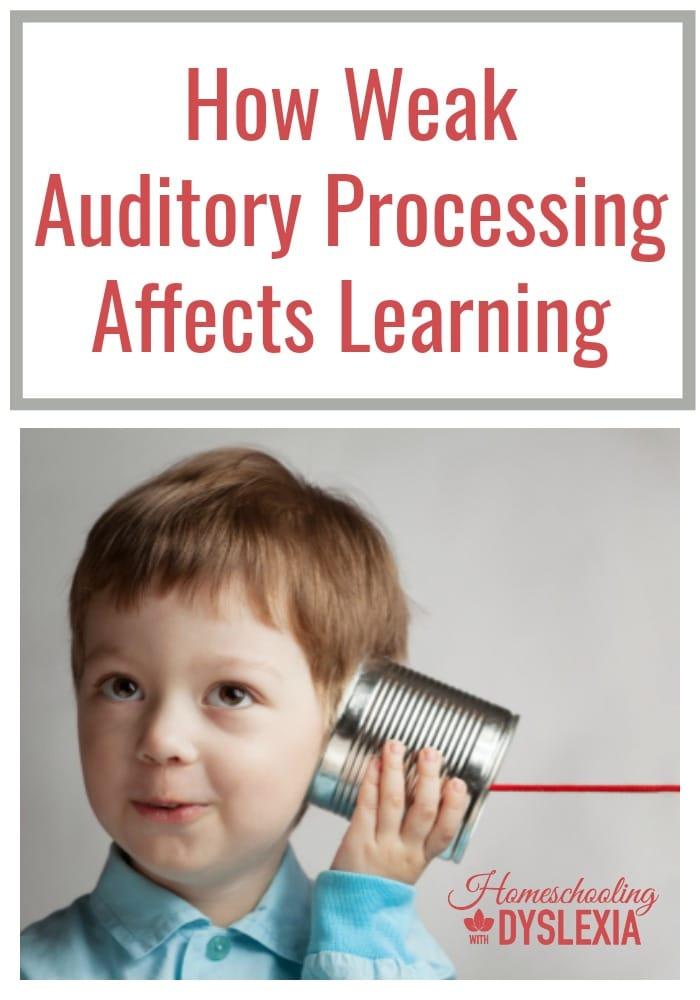
Each increase in 10 decibels represents a tenfold increase in the loudness of the sound (see Figure 5.18). Zero decibels represent the absolute threshold for human hearing, below which we cannot hear a sound. Loudness is measured using the unit of relative loudness known as the decibel. The amplitude, or height of the sound wave, determines how much energy it contains and is perceived as loudness, or the degree of sound volume.

Longer sound waves have lower frequency and produce a lower pitch, whereas shorter waves have higher frequency and a higher pitch. The wavelength of the sound wave, known as frequency, is measured in terms of the number of waves that arrive per second and determines our perception of pitch, which is the perceived frequency of a sound. Unlike light waves, which can travel in a vacuum, sound waves are carried within media such as air, water, or metal, and it is the changes in pressure associated with these media that the ear detects.Īs with light waves, we detect both the wavelength and the amplitude of sound waves. Vibrating objects, such as the human vocal cords or guitar strings, cause air molecules to bump into each other and produce sound waves, which travel from their source as peaks and valleys, much like the ripples that expand outward when a stone is tossed into a pond. Just as the eye detects light waves, the ear detects sound waves. In a fraction of a second, our auditory system receives the sound waves, transmits them to the auditory cortex, compares them to stored knowledge of other voices, and identifies the caller. A mother can pick out her child’s voice from a host of others, and when we pick up the phone, we quickly recognize a familiar voice. However, the ear is particularly sensitive to sounds in the same frequency as the human voice. The human ear is sensitive to a wide range of sounds, from the faint tick of a clock in a nearby room to the roar of a rock band at a nightclub, and we have the ability to detect very small variations in sound. Sound waves that are collected by our ears are converted into neural impulses, which are sent to the brain where they are integrated with past experience and interpreted as the sounds we experience. Like vision and all the other senses, hearing begins with transduction. Describe the process of transduction in hearing.Draw a picture of the ear, label its key structures and functions, and describe the role they play in hearing.Treating Psychological Disordersġ6.1 Reducing Disorder by Confronting It: Psychotherapyġ6.2 Psychopharmacology and Brain-Based Therapiesġ6.3 Reducing Disorder by Changing the Social Situationġ6.4 Evaluating Treatment and Prevention: What Works?


Psychology in Our Social Livesħ.1 Social Cognition: Making Sense of Ourselves and Othersħ.2 Interacting With Others: Helping, Hurting, and Conformingħ.3 Working With Others: The Costs and Benefits of Social GroupsĨ.2 Problem-Solving: Heuristics and AlgorithmsĨ.3 Cognitive Processes That May Lead to Inaccuracyĩ.2 Individual Differences in Intelligenceĩ.3 Communicating With Others: Development and Use of Languageġ0.2 Long-Term Memory: Categories and Structureġ0.3 Long-Term Memory: Encoding and Storageġ3.2 Infancy and Childhood: Exploring, Learning, and Relatingġ3.4 Adolescence: Developing Independence and Identityġ3.5 Early and Middle Adulthood: Building Effective Livesġ3.6 Late Adulthood: Aging, Retiring, and Bereavementġ4.3 Psychodynamic Origins of Personalityġ4.4 Behaviourist and Social-Cognitive Perspectives on Personalityġ4.5 Genetic and Environmental Influences on Personalityġ5.1 Psychological Disorder: The Challenges of Definitionġ5.2 Insanity: A History of Mental IllnessĬhapter 16. Brains, Biology, and Behaviourģ.1 Neurons, Neurotransmitters, and Hormonesģ.2 Our Brains Control Our Thoughts, Feelings, and Behaviourģ.3 Psychologists Study the Brain Using Many Different Methodsģ.4 Putting It All Together: The Nervous System and the Endocrine Systemģ.6 Genes and Environments: Nature and NurtureĤ.1 Sleeping and Dreaming Revitalize Us for ActionĤ.2 Altering Consciousness With Psychoactive Drugsĥ.5 Accuracy and Inaccuracy in PerceptionĦ.1 Learning by Association: Classical ConditioningĦ.2 Changing Behaviour Through Reinforcement and Punishment: Operant ConditioningĦ.4 Using the Principles of Learning in Everyday LifeĬhapter 7.

1.2 The Evolution of Psychology: History, Approaches, and QuestionsĢ.1 Psychologists Use the Scientific Method to Guide Their ResearchĢ.3 Descriptive and Inferential StatisticsĬhapter 3.


 0 kommentar(er)
0 kommentar(er)
